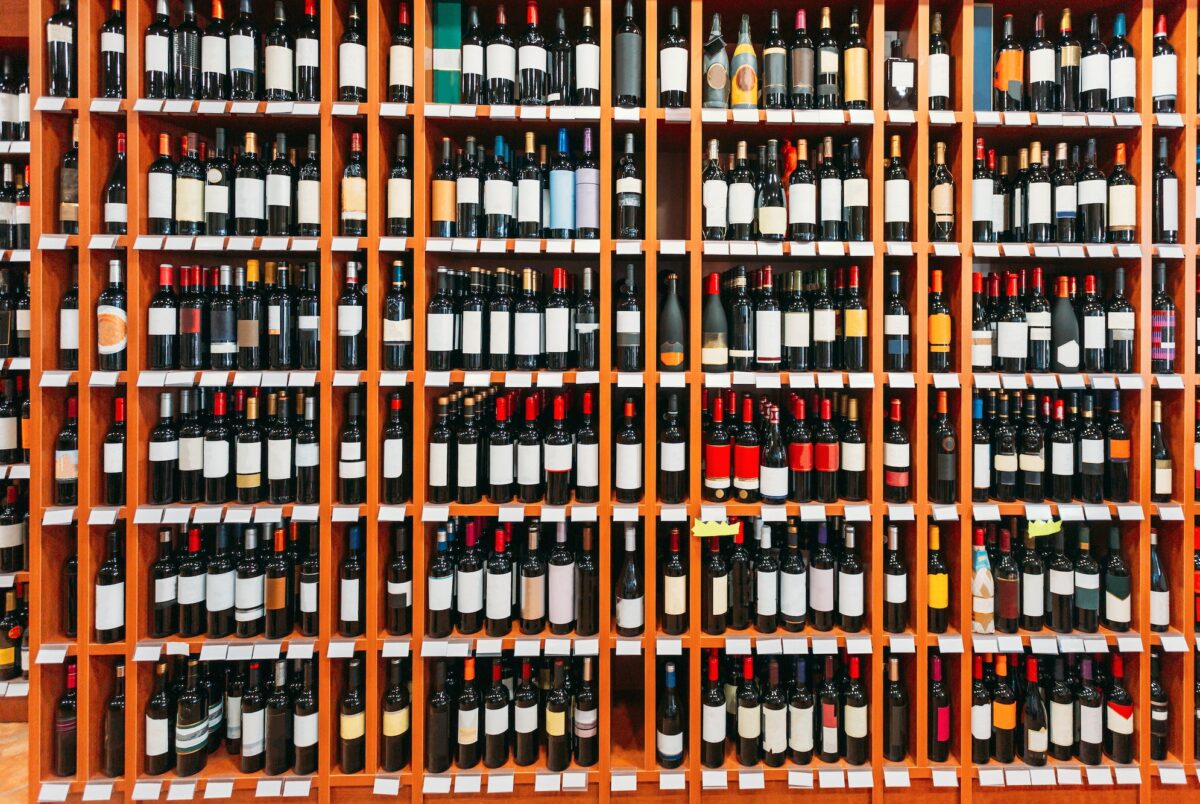Every year, April 7th marks a very special celebration for beer lovers in the United States: National Beer Day. This observance, which has gained popularity in recent years, is an occasion to pay homage to one of humanity’s oldest and most beloved beverages. But how did this holiday originate, and what significance does it hold for the brewing industry?
The origin of National Beer Day
National Beer Day in the United States has its roots in April 7th, 1933, when the prohibition of alcohol that had previously existed in the country was repealed. This prohibition, known as the Prohibition Era or the Volstead Act, had been in effect for a considerable period of time. It was President Franklin Delano Roosevelt who, through the Cullen-Harrison Act, signed on March 22nd the revocation of this prohibition, allowing for the reinstatement of beer sales and purchases on April 7th. This historic event marked the rebirth of the brewing industry in the United States and serves as the inspiration behind National Beer Day.
This festivity has also been driven by beer brands, with the aim of promoting consumption, increasing public interest, and strengthening their presence on social media, all with the clear intention of boosting sales.
Data on beer consumption in North America
The beer market in North America is experiencing solid growth, estimated at $214 billion by 2029, with an annual growth rate of 4.39%, according to a 2023 study by Mordor Intelligence. Craft beer sales increased by 8% in 2021, representing 27% of the total market. This growth is due to increased demand for craft products, driven by young consumers and a quest for variety and quality.
Retail sales reached $26.8 billion, with a 21% increase, while sales to bars and restaurants were also significant. The presence of higher-income groups is stimulating demand for premium products and the expansion of the craft beer market. In summary, the beer market in North America is on an upward trajectory, reflecting an evolution in consumer tastes and preferences.
This figure reflects the deep-rooted love of Americans for beer, which goes beyond being a simple alcoholic beverage. Beer has become an integral part of the country’s culinary culture, accompanying appetizers at social gatherings, enhancing the dining experience in restaurants, and serving as a symbol of celebration in festivals and sporting events.

Most popular brands in Latin America
In addition to North America, beer has great popularity in Latin America. The most popular brands in each country are as follows:
- Argentina: Brahama and Quilmes clásica
- Bolivia: Paceña
- Brazil: Skol and Brahma
- Chile: Cristal and Escudo
- Colombia: Águila and Póker
- Costa Rica: Imperial
- Ecuador: Pilsener
- El Salvador: Pilsener
- Guatemala: Gallo
- Mexico: Corona and Modelo
- Peru: Pilsen Callao and Cristal
- Uruguay: Pilsen
- Venezuela: Polar
The economic impact of the brewing industry
The brewing industry in the United States not only has significant cultural value but also plays a fundamental role in its economy. In addition to beer production, this industry impacts a wide range of sectors, from ingredient suppliers to distributors and businesses related to beer tourism. Craft breweries, in particular, have proven to be agents of revitalization for local communities, contributing to development in both urban and rural areas nationwide and generating thousands of job opportunities.
Sources:
- Brewers Association. (2021). “Brewers Association Releases Annual Growth Report.”
- Beer Institute. (2021). “National Beer Sales & Production Data.”
- Mordor Intelligence. (2023). “Analysis of North America Beer Market Share and Size, Growth Trends, and Forecasts.”















